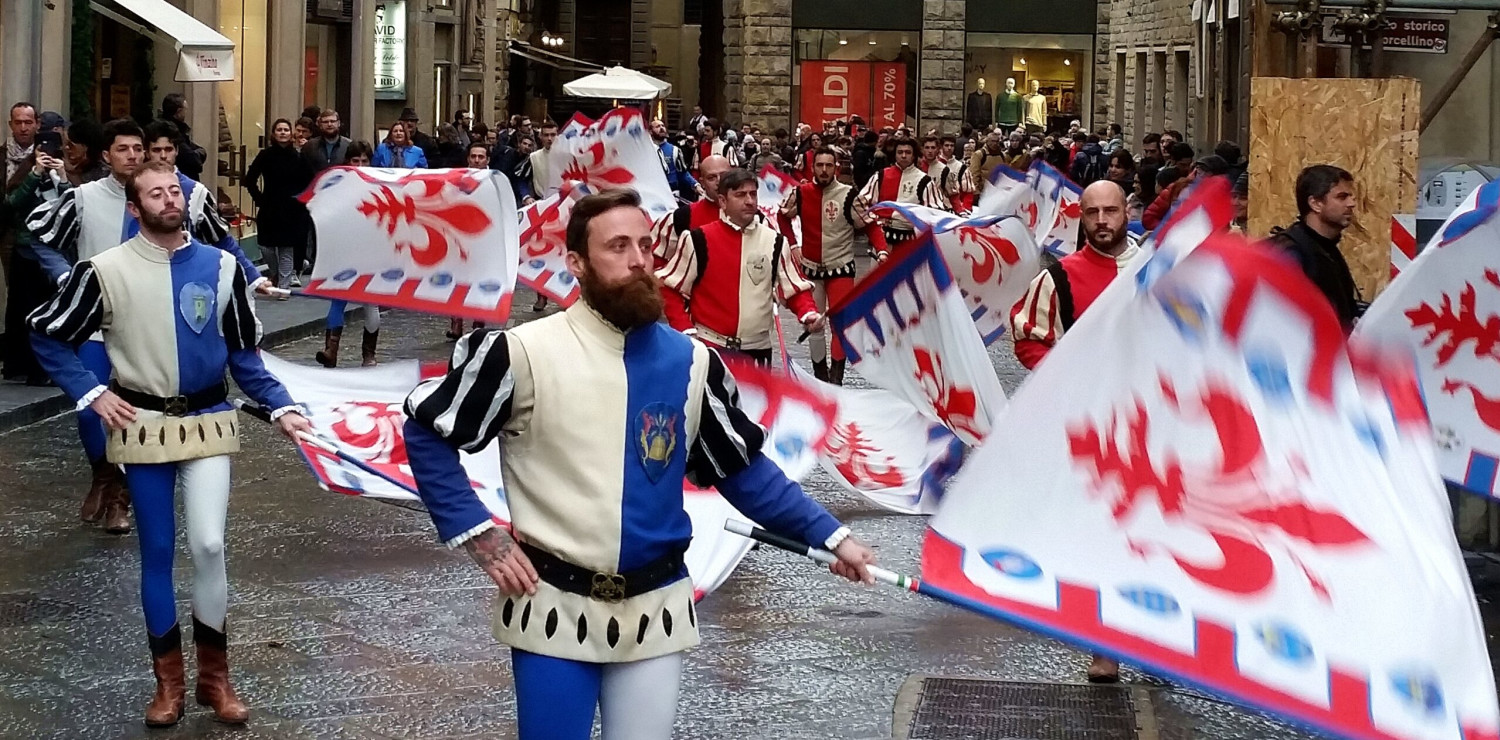Florentine New Year. What it is and why it is celebrated on March 25
Our city has its own start of the year: we reveal its origins and special initiatives to celebrate
Many people do not know that on March 25 the city of Florence celebrates the Florentine New Year. The City has included this date in the annual calendar of popular festivals and traditions and official celebrations.
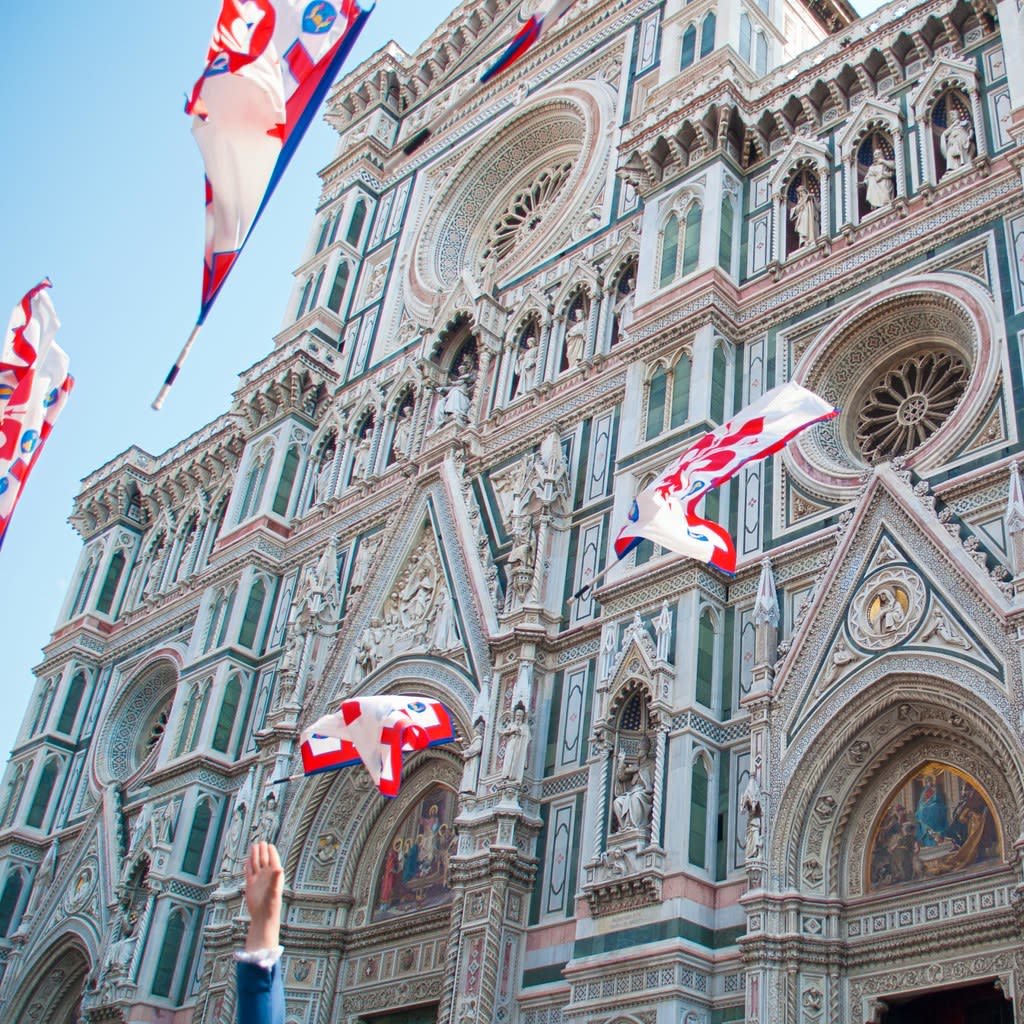 Il Corteo del Capodanno Fiorentino
Il Corteo del Capodanno Fiorentino From the Middle Ages until 1750, in fact, this was the day on which the Church recalled the announcement of the Incarnation received from the Virgin Mary and was taken as the beginning of the civil calendar.
In the Tuscan capital this was the date on which New Year's Day was celebrated, even when in the rest of Italy the Gregorian calendar was already in force, according to which the year began on January 1st.
While the states conformed to this religious dictate, Florence, linked to the Marian cult, decided not to abandon the feast of March 25. This recurrence for the Florentines will last for 168 years and will cease in the month of November 1750, when a decree of Grand Duke Francis II of Lorraine imposed the use of the Gregorian calendar, fixing also for Florence the beginning of the year on January 1 (under the Loggia dei Lanzi there is the plaque that commemorates the decree of the suppression of the feast).
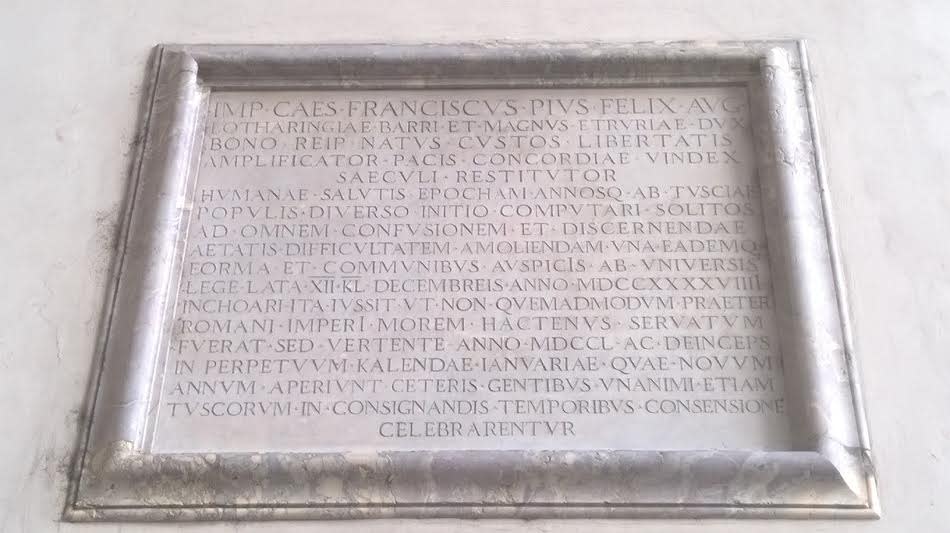 La targa di Loggia Lanzi che decreta la soppressione del Capodanno Fiorentino
La targa di Loggia Lanzi che decreta la soppressione del Capodanno FiorentinoA celebration that has symbolically survived until today and that also unites us with some of our "neighbors". A hundred kilometers away, under the Leaning Tower, the Pisan New Year is celebrated on the same day (but in "advance" of 365 days).
Nowadays, this ancient New Year's Eve remains the oldest tradition, officially revived by the Municipality of Florence since 2000 with the parade of the historical procession of the Florentine Republic from the Palagio di Parte Guelfa to Santissima Annunziata, the main Marian shrine of the city.
The symbol of the festival is in fact the fresco depicting the Annunciation, kept inside the basilica, where once the peasants went on pilgrimage to pay homage to the effigy of the Annunciation, on which there is a legend.
The work would be miraculous: it is said that the painter, a certain friar Bartolomeo, could not complete the scene because he was not able to portray the features of the Madonna's face. To finish the masterpiece - always according to the myth - would have been a prodigious hand, that of angels.
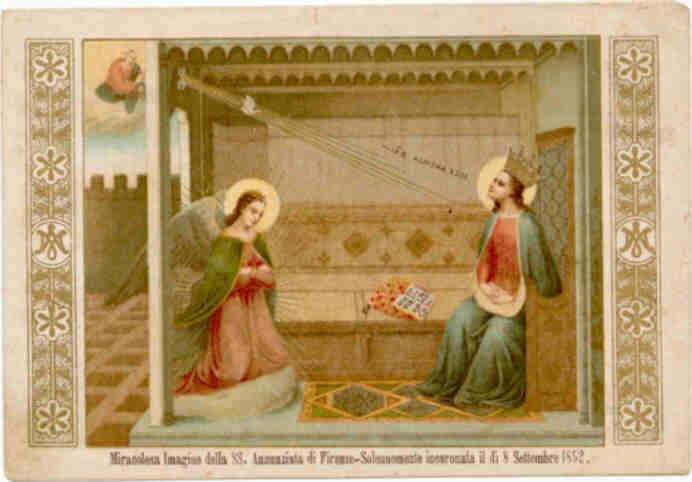 il dipinto miracoloso di fra bartolomeo in santissima annunziata
il dipinto miracoloso di fra bartolomeo in santissima annunziataWeek of the Florentine: all the events not to be missed
On the occasion of the Week of the Florentine, which brings together the extensive calendar of initiatives organized in the city on the occasion of the Florentine New Year, the Florentine Civic Museums and MUS.E are offering a series of special visits and activities, completely free of charge, that place the emphasis on the origin of the holiday and the sense of Florentine-ness that is linked to this celebration.
Monday, March 24:
Welcome Toast: At 9:00 PM, a welcome toast will be held at the Arco di San Pierino, organized by Confesercenti, Confartigianato, and the Risvegliati San Pierino Committee, together with merchants, residents, and workers.
Tuesday, March 25:
6:00 AM – Hot Air Balloon Flight in Piazza del Carmine: A morning event that commemorates the flight made 230 years ago by the Florentine Giovanni Luder. The initiative is organized by Firenze Mongolfiere and will depend on weather conditions.
8:00 AM to 8:00 PM – Fair in Piazza Santissima Annunziata: A market featuring typical products, crafts, and local specialties. From 10:00 AM to 3:30 PM, the Compagnia del Lupo Rosso will parade in medieval costumes, offering demonstrations of historical weaponry.
10:00 AM to 6:00 PM – Visits to the "Brindellone": Special opening of the storage site for the fireworks cart used during the traditional Scoppio del Carro, located at Via il Prato 48.
3:30 PM – Historical Parade of the Florentine Republic: Departure from Piazzetta di Parte Guelfa, arriving at 4:00 PM in Piazza Santissima Annunziata, where the offering of candles to the Church of Santissima Annunziata will take place.
5:30 PM – "Iris: A Flower Between Art and Nature" Conference: Held at Palazzo Vecchio, led by Maria Adele Signorini and Valentina Zucchi.
Free Admission to Civic Museums: As part of the Settimana del Fiorentino (March 21-30), civic museums will be open to the public for free, offering over 200 events, including guided tours, fairs, and markets.
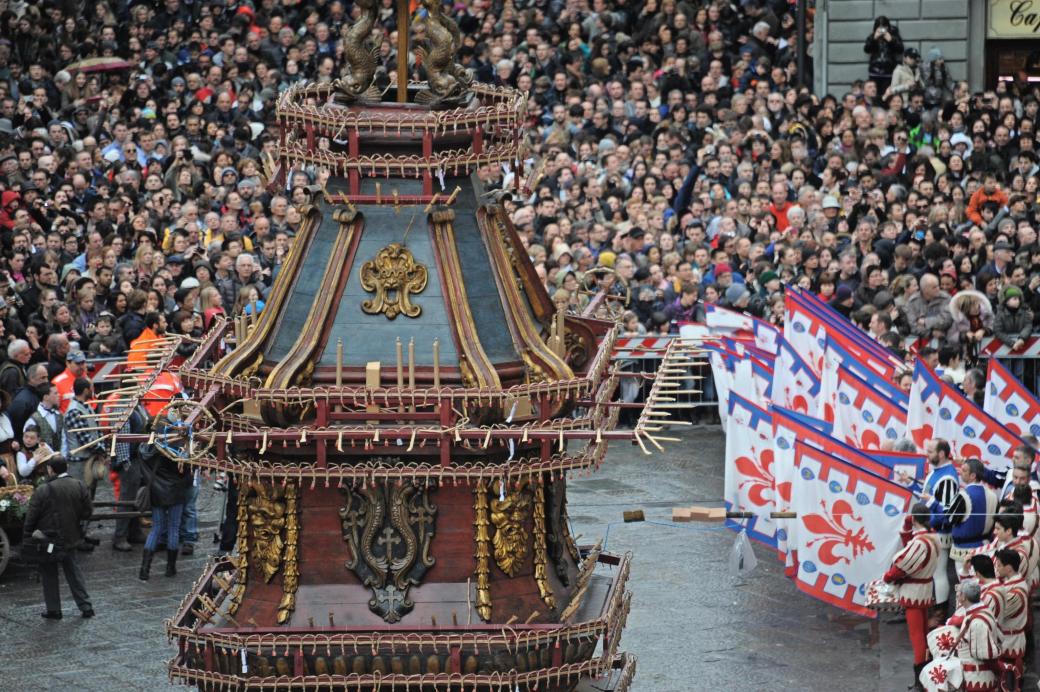 scoppio del carro a firenze
scoppio del carro a firenzeSaturday, March 29:
At 10:15 a.m., Marzocco. The Lion of Florence at the Palazzo Vecchio Museum, children's trail on the history of the city's symbolic lion.
At 2 p.m., at Museo Stefano Bardini, children's activity Around the Piglet on the history of the wild boar by Pietro Tacca.
At 3:30 p.m., guided tour for adults Spring at the Bardini Museum on the treasures of the collection.
From 3 to 5:15 p.m., special tours at Porta San Frediano (also March 30 at Torre San Niccolò).
Festival of Street Performers in Piazza San Pier Maggiore and Piazza Pitti.
Concert by the La Pippolese Orchestra on the Arengario of Palazzo Vecchio.
Sunday, March 30:
From 10 am to 1 pm, Viola iris at MAD Murate Art District, environmental workshop for children dedicated to iris and Agenda 2030, in collaboration with Vivaio degl'Innocenti.
“David in Santa Croce!”, creation of a large profile of David (1,500 sq. m.) by La Fonte Association and art students.
Fiorenza Prize in the Sala D'Arme, recognition of Florentine excellence.
Other initiatives:
Old Glories, match in the Piazza Santissima Annunziata.
“Ginevra degli Almieri” theatrical itinerary in the historic center.
“Florence in Art,” celebration of trades and traditions for the International Artistic Crafts Days.






